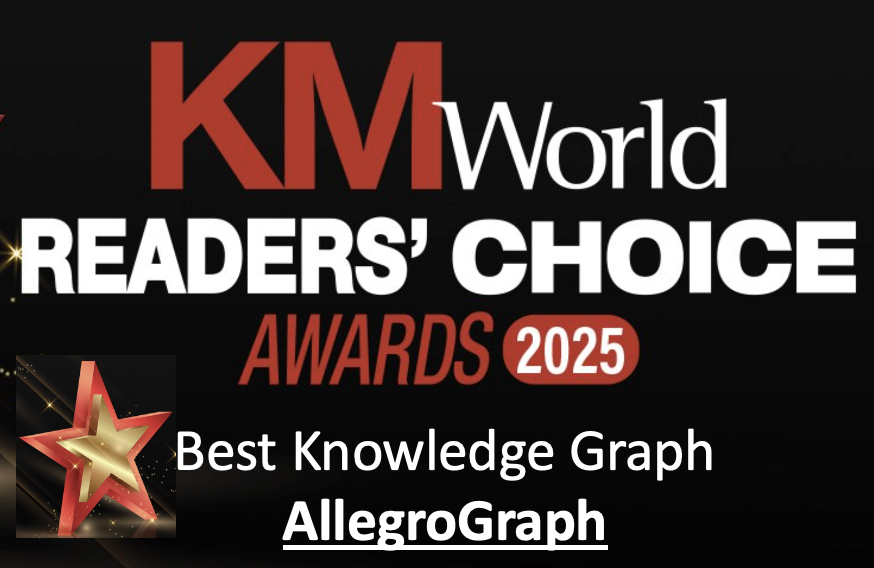
- 6 January, 2023
What is a Semantic Layer?
There are several reasons why the notion of semantic layers has reached the forefront of today’s data management conversations. The analyst community is championing the data fabric tenet. The data mesh and data lake house architectures are gaining traction. Data lakes are widely deployed. Even architectural-agnostic business intelligence tooling seeks to harmonize data across sources.
Each of these frameworks requires a semantic layer to ascribe business meaning to data – via metadata – so end users can understand data for their purposes and streamline data integration. This layer sits between users and sources, so the former can comprehend data without knowing the underlying data formats.
What are the advantages of a semantic layer in your data infrastructure?
A semantic layer is an intermediate layer in an Enterprise architecture that sits between the data
sources and the applications that use the data. It provides a number of advantages in terms
of data management, integration, and accessibility. Some specific advantages of a semantic
layer include:
1. Improved data integration: A semantic layer can help to integrate data from multiple sources by providing a common data model and set of APls that can be used to access the data. This makes it easier to build applications that work with data from multiple sources.
2. Enhanced data accessibility: A semantic layer can provide a higher level of abstraction over the data sources, making it easier for users to access and work with the data. This can be particularly useful for users who are not technical experts or who do not have in-depth knowledge of the underlying data sources.
3. Better data governance: A semantic layer can help to enforce data governance policies by providing a centralized point of control for data access and management. This can help to ensure that data is used in a consistent and controlled manner.
4. Upgraded data quality: A semantic layer can help to improve the quality of the data by providing tools and processes for data cleansing, validation, and transformation. This can help to ensure that the data is accurate and consistent.
5. Advanced data security: A semantic layer can provide an additional layer of security by controlling access to the data sources and enforcing security policies. This can help to protect sensitive data and ensure that it is only accessed by authorized users.
Overall, a semantic layer can provide a number of benefits in terms of data integration, accessibility, governance, quality, and security, making it a valuable component of a data infrastructure.
Semantic Layers with W3C’s Semantic Technologies
Semantic Technology refers to a set of tools and technologies that are used to represent, store, and manipulate data in a way that allows it to be understood and interpreted by computers. Some examples of semantic technology include graph databases, ontologies, and semantic web standards such as RDF and OWL.
While semantic technology is the preferred way to implement a semantic layer, some other players have tried other technologies including traditional relational databases, data warehousing tools, or even flat files. The key is to provide a common data model and set of APIs that can be used to access the data in a consistent and predictable manner.
That being said, Standards based W3C Semantic Technology, like that offered by AllegroGraph, has a huge advantage when it comes to implementing a semantic layer. In particular, Semantic Technology is well-suited for representing complex, interconnected data relationships, and it can provide a high level of flexibility and adaptability when it comes to working with different data sources and structures. As such, semantic technology can be a particularly useful choice for organizations that need to integrate and work with large volumes of complex data.
There are rare cases where a proprietary semantic layer may work and the organization might not mind getting locked into the ecosystem of a vendor for their metadata management needs. But for the majority of use cases, the best way to future-proof the enterprise is to adopt a standardized semantic layer with semantic technologies. This method provides a seamless business understanding of data that complements any current or future IT needs, while reinforcing data integration, analytics, and data governance.







